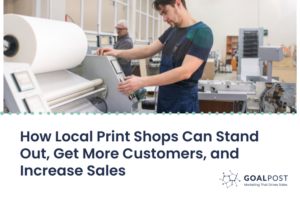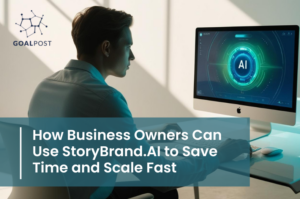Pay per click, also known as PPC, is a form of digital marketing where advertisers pay a sum of money for every direct engagement their ad gets.
The most common type of PPC is a paid search ad, like you see during a Google search or while browsing Amazon product recommendations. Advertisers pay online hosts a fixed amount of money every time a user clicks their ad, hoping it will lead to a purchase.
Ideally, the amount of money spent on the PPC campaign is small compared to the profit generated from a customer purchase; a $10 PPC ad that results in a $1,000 sale would be considered a massive success.
Here are four ways to optimize your PPC ad campaign and get the highest possible return on your investment.
1. Choose relevant keywords in your Pay Per Click ADs
Right off the top: customers won’t be able to engage with your ad if they can’t find it.
The secret to surfacing on the web is knowing which keywords your audience is using during online search. Tools like SEMrush and ahrefs allow you to plug in relevant topics and generate a list of suggested keywords to boost your ad’s visibility.
Choosing keywords has three parts: title, meta description, and content body. Ideally, your ad title contains at least one keyword that is also dominant in your content body, while the meta description gives a short, succinct overview of your content.
Make your ad short, sweet, and the direct response to your customer’s problem.
A few examples of PPC ads we think knock it out of the park:
- Snicker’s ‘You’re Not You When You’re Hungry’ campaign targeted hundreds of thousands of users using intentionally misspelled search words. Words like ‘business,’ when misspelled ‘buisness,’ would produce a paid ad suggesting readers purchase a Snickers bar to regain mental clarity and stave off hunger.
- Converse’s ‘Domination’ campaign didn’t even bother to try and rank for words like ‘sneakers’ and ‘footwear.’ Instead, they focused on their mostly teenage audience by buying out ad space for search terms like ‘how to kiss’ and ‘how to ask a girl out.’ Once search results appeared, Converse’s ad would surface, inviting the reader to purchase shoes that would (ideally) result in the buyer’s popularity, status, and success.
2. Optimize your home and landing pages
Once you’ve successfully crafted an SEO-friendly ad, it’s time to optimize your landing page.
This task ensures customers continue to follow your thread of storytelling from your ad into your website, and can quickly and easily understand what you do and how you can solve their problem.
Enrich your website and product pages with appropriate content and keywords, keeping in mind that major search engines view all user inquiries as questions. Ask yourself, does my website answer my customer’s questions? If not, it’s time for an update.
3. Nail your ad copy
Ad space is small and leaves a limited number of words to convince your customers why they should engage.
Position your ad space authoritatively by taking a stance that’s clearly defined. Do you want to engage your audience using humour? By playing on their curiosity? With a sale or promotion? Let your ad reflect that intention.
Once you know your approach, perform keyword research and determine which keyword (or keywords) you want to rank for. Understanding the competition of keywords within your industry is crucial to knowing if and how you can even surface for popular search terms. In some cases, you simply won’t rank for most popular keywords; in that event, it’s time to get creative.
Find out your target demographic and consider placing ads for keywords that have nothing to do with your product directly. Instead, try keywords that have to do with the customer’s aspirational identity. (See point no. 1, re: Converse’s ‘Domination’ ad campaign.)
4. Track your traffic with CRM tools
Programs like Keap, Salesforce and Zoho give business owners the ability to track and monitor their online engagement, all in one comprehensive place.
Knowing whether your PPC ads are reaching your target audience and resulting in customer conversions will help you know when to pivot, reframe your narrative, or overhaul your — allowing you to maximize your spending and make the most of your marketing budget.
At Goalpost Group, we help our clients break the cycle of bad marketing using strategy, structure, and killer content that drives sales and wins the day. Get in touch with a member of our team to learn more about how we can help transform your marketing.





